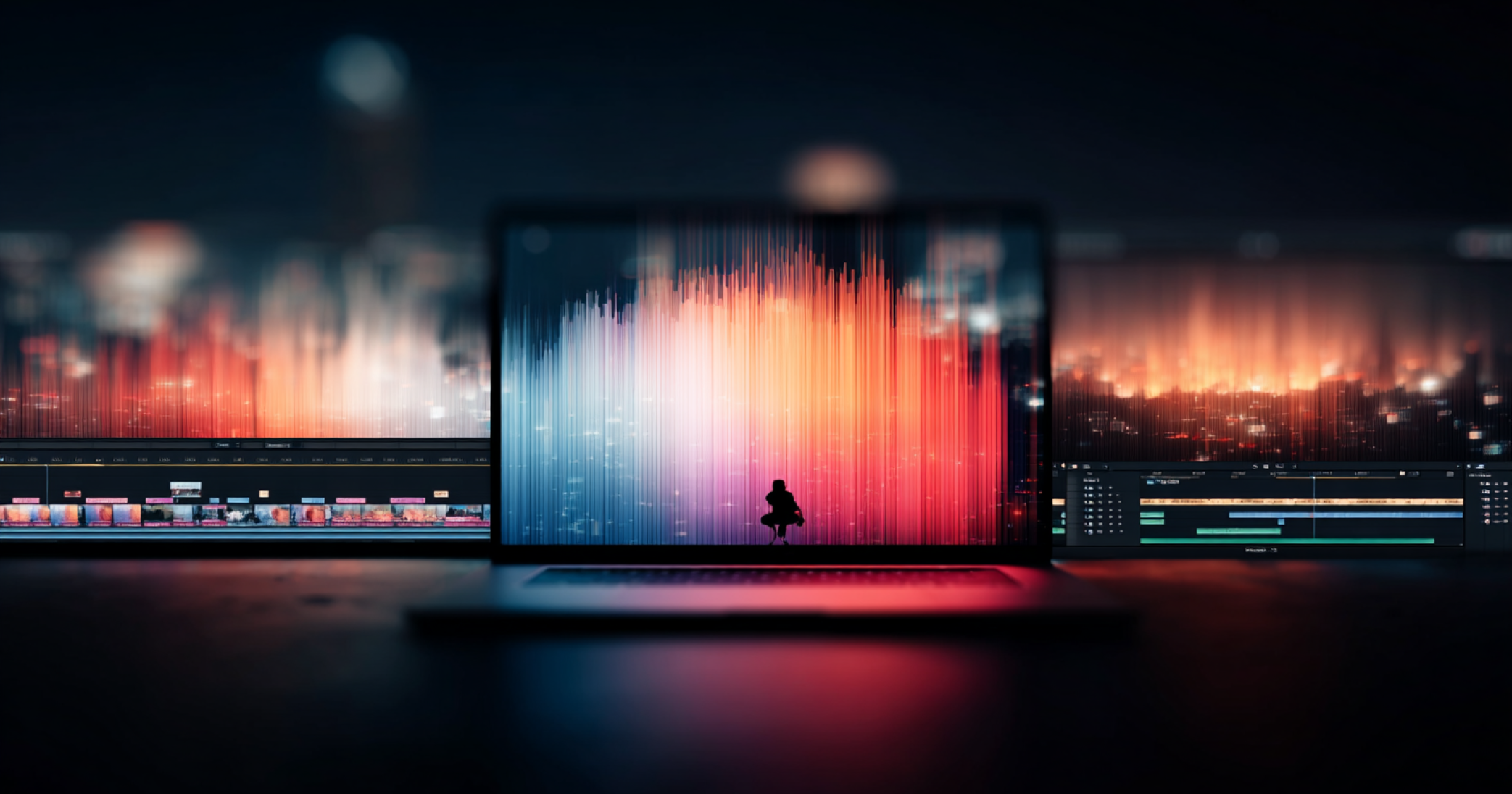For many people, artificial intelligence sounds like a lofty vision of the future – but it has long since become part of our everyday lives: It sorts emails, recommends songs, recognises our faces in photos and analyses countless data in no time at all. It’s no wonder, then, that AI is also shaking up the advertising industry. Those who work there are right to wonder: ‘Will I soon have to clear my desk and make way for software?’
In this blog article, we take a closer look at how AI is already transforming the advertising industry and what developments await the classic agency model. We also take a critical look at which jobs are actually at risk – and why human creativity and empathy remain the salt in the soup even in the digital age.
AI – the new fuel in the advertising industry
automation of routine tasks
Tasks such as creating ad copy, running A/B tests or booking advertising space often have something monotonous about them. AI applications can be the perfect solution here, delivering very fast and precise results. For example, Cosabella used an AI called Albert to optimise search ads and social media campaigns, reducing advertising spend while still increasing sales.
personalised targeting
Advertising campaigns are increasingly being customised. AI systems filter out very specific target groups from millions of data points (e.g. interests, demographics, surfing behaviour). This allows marketing messages to be targeted precisely – with no wastage and higher conversion rates. Farfetch, an online marketplace for luxury fashion, uses AI to personalise its email marketing campaigns, thereby significantly increasing open and click rates.
Creative support instead of a replacement
While there are AI tools that generate text or designs, these usually prove to be an extension or inspiration. The big ideas and real sensitivity still come from people who are better able to grasp cultural nuances, humour and emotional appeal. Burger King used AI to analyse sentiment in the run-up to its controversial ‘Mouldy Whopper’ commercial to gauge how strong the reaction in social media might be. But in the end, it was still a human decision to take the risk and release the commercial.
Can programmes really replace jobs?
At the heart of this question is usually the fear of being completely replaced by algorithms and automation. Even though some routine tasks are already being outsourced to AI, there are still professions that require human subtlety.
- Creative storytelling: emotions, subtle cultural references or an ironic twist are difficult for AI systems to grasp.
- Strategic thinking: Big campaigns are about more than data analysis. They require a deep understanding of brand identity, market conditions and social trends.
- Empathetic customer service: Anyone who deals with customers a lot knows that customers react very differently to an intensive conversation with personal interaction than to automated email sequences.
In short, AI and humans complement each other rather than exclude each other. However, this also means that anyone who persists in old patterns forever risks being left behind – after all, development does not stand still.
The change in the classic agency model
The full-service agency, which delivers everything from concept to production from a single source, still exists, but it is changing. AI is bringing new players onto the field:
- Data-driven specialist agencies Start-ups or boutiques that are highly specialised in AI, machine learning and programmatic advertising are very popular. By contrast, traditional agencies are becoming orchestras in which data scientists, creatives and customer advisors play together – instead of putting everything into a generic overall process.
- Collaboration instead of competition Large agencies are increasingly employing their own AI developers or cooperating with technology partners. This saves costs, improves campaign results and brings new ways of thinking into the company.
- Focus on ethics and data protection Since AI processes enormous amounts of data, successful agencies are paying more attention to data protection and ethical principles. This reduces legal risks and builds trust – both with customers and the public.
Which skills will be in demand in the future?
In view of the rapid pace of development, many people are asking themselves: ‘What do I need to learn so that I won’t be redundant in five years?’ Here are a few tips:
- Technical understanding Even creatives can benefit from a rough understanding of how AI systems ‘think’. This makes it easier to assess what the technology is capable of – and what it is not.
- Analytical thinking Never before have we had as much data as we have today. People who can interpret it correctly are becoming key figures in agencies and companies.
- Creativity & storytelling Generating ideas, immersing ourselves in the lives of our target audience, telling compelling stories – these are the creative skills that machines have so far been unable to copy.
- Social and communication skills Good advertising is not a monologue, but a dialogue. It is based on human relationships, workshops, brainstorming sessions and meetings where visions are born.
Opportunities and risks of AI in advertising
Opportunities
- Greater efficiency: faster campaign set-up and customisation.
- Personalised approach: Target groups can be reached at a granular level.
- New horizons: AI can find unknown patterns in user data and provide inspiration for innovative ideas.
Risks
- Bias in the algorithms: If the data sets are incomplete or distorted, advertising can discriminate against or exclude certain groups.
- Data protection issues: Not every data collection is legally unobjectionable. Violations of the GDPR and other data protection laws have severe consequences.
- Monotony and loss of individuality: If everyone uses the same tools, there is a risk of ‘off-the-peg’ advertising material – without a unique brand essence.
Outlook: Man and machine as a dream team
If history teaches us anything, it is that technological revolutions have repeatedly heralded the end of certain jobs – but at the same time created new areas in which people can flourish. AI is also leading to changes. But even in high-tech scenarios, where ads adapt in real time to weather conditions or facial expressions, human creativity remains at the heart of good campaigns.
Those who see AI as a tool that saves time on repetitive tasks and creates space for real innovation are on the right track. And those who start familiarising themselves with AI, data analysis and the ethical dimensions today will not only survive in the job, but will actively shape the future of the advertising industry.
Conclusion
Will AI replace jobs in the advertising industry?
Probably not completely – but it will change the rules of the game. Agencies and advertisers that embrace the new possibilities have the chance to create more creative and customised campaigns than ever before. This does not mean less work for people, but rather a change in thinking: routine processes away from the human desk, more freedom for strategy, idea generation and real brand experience.
The good news
It is up to us whether we make AI our ally – or just a tool that eventually gets out of hand. The latter would be a shame, because a tool belongs in experienced hands that know how to use it properly.
Sources:
https://www.mailmodo.com/guides/ai-in-marketing-examples
https://www.datafeedwatch.com/blog/best-ai-advertising-examples
https://www.pragmatic.digital/blog/case-study-the-best-ai-advertising-campaigns-and-their-impact
https://lup.lub.lu.se/luur/download?func=downloadFile&recordOId=9165216&fileOId=9165220
https://revistas.usal.es/cinco/index.php/2255-2863/article/view/28331/29308
https://geomotiv.com/blog/ai-in-digital-advertising/
https://digitalmarketinginstitute.com/blog/ai-in-digital-marketing-the-ultimate-guide
https://www.datafeedwatch.com/blog/dangers-of-ai-in-advertising


























